The Importance of Unilateral Training
Here at Refuge, we love to train unilaterally!
What does this mean? Unilateral training is any movement that emphasizes one side of the body (arm, leg, trunk/core) at a time rather than using both sides simultaneously. The asymmetry in this training allows us to recognize instability and weaknesses more easily. With this unilateral training, a person is less likely to compensate for weakness.
Examples of unilateral exercises we love to prescribe to our patients for lower body strengthening in their rehabilitation include:
single leg squats
split squats
single leg bridge
step ups, lunges
lateral lunge
single leg deadlifts
Upper body and core unilateral exercises include single arm overhead press, single arm rows, one sided carries, and side planks.
Bilateral training (squats, deadlifts, overhead press, bent over row, etc.) is great at improving muscle strength because it allows you to focus on larger muscle groups and push heavier weights. However, when doing bilateral movements, the dominant limb can compensate for the weaker limb, leading to persistent muscle imbalances, faulty movement patterns, and a greater risk for injury.
Adding unilateral training in your workouts can show you where you’re weak and where you’re strong. The uneven load of unilateral training allows for improved balance and symmetry, motor control, and core activation. Thus, you don’t need to wait until ab day to train your core.
Unilateral training also stimulates stabilizing muscles more than bilateral exercises and helps with sport-specific skills that rely more on one limb such as running, jumping, and throwing.
By not training unilaterally, you may be missing these gains in core stability, joint integrity, stability, and strength. You can attain the benefits of both bilateral and unilateral training by incorporating double and single-limb exercises.
Evaluate your routine and take time to add some unilateral exercises into the mix! If you have pain with exercises, schedule an appointment with us so we can help you get back to being active!

